Hydrogels have been widely used in tissue engineering, wound dressings, drug delivery, flexible electronics, smart devices, energy storage and other fields due to their flexibility, hydrophilicity, biocompatibility, and quasi-solid properties. However, due to the large amount of water contained in the hydrogel, almost all hydrogels exposed to the dry environment will inevitably lose water due to the evaporation of water, resulting in a decrease in their flexibility and functionality, which severely limits了 its practical application. Therefore, in applications where water evaporation must be avoided
In the medium (such as flexible electronics, smart devices, energy storage, etc.), improving the moisturizing ability of hydrogels has become an important challenge. So far, there are only a few strategies to deal with water loss. For example, adding a hygroscopic salt (such as LiCl) to the hydrogel to give the hydrogel better moisturizing ability; or partially replacing the hydrogel with alcohols such as glycerol, ethylene glycol or sorbitol The amount of water makes the traditional hydrogel a gel that does not lose water. Adding hygroscopic salts and alcohols to the hydrogel can further enhance the water loss resistance. However, the introduction of hygroscopic salts or alcohols can change certain properties of the hydrogel, such as electrical and mechanical properties. In addition, constructing surface coatings for encapsulating hydrogels is also a preferred strategy to prevent water loss. Mammalian skin is composed of a hydrophobic complex of polymers (cells and proteins) and oily substances (epidermal lipids and sebum), which can resist mechanical damage and prevent the evaporation of water. Inspired by the structure of the skin, a new strategy of covering the hydrogel with a double hydrophobic coating of polymer and oil was proposed. It can resist the loss of water of the hydrogel in the air and enhance the stability of the hydrogel in air and water. Sex. However, this strategy is difficult to selectively modify only the exposed surface without changing the overall structure of the hydrogel; moreover, the interface formed by the hydrophilic hydrogel and the hydrophobic coating is usually weak. Therefore, it is still challenging to develop a universal method that can realize a hydrogel coating composite with a strong interface.
In order to meet this challenge, the team of Xu Jian and Zhu Caizhen of Shenzhen University, and Zhao Ning of the Institute of Chemistry of the Chinese Academy of Sciences proposed a convenient and versatile strategy inspired by the skin structure, which is to develop a double-hydrophobic coating with excellent moisturizing properties. Encapsulated hydrogel. The combination of the hydrophobic polymer coating and the hydrophobic oil layer forms a strong double-layer coating that can provide a barrier against water evaporation. In addition, since the coating is only anchored on the surface and its thickness is much thinner than natural hydrogels, the overall mechanical properties of the hydrogels will not be significantly affected. In particular, this strategy has the ability to encapsulate various types and different shapes of hydrogels, and enhance their stability and extend their lifespan in an air environment. This technology provides a new method for the surface multi-functionalization of hydrogels and broadens the scope of application of hydrogels. The research was published in the latest issue of "Advanced Functional Materials" as a paper entitled "Skin-Inspired Double-Hydrophobic-Coating Encapsulated Hydrogels with Enhanced Water Retention Capacity".

[Encapsulated hydrogel with double hydrophobic coating inspired by skin structure]
In order to solve the problem of weak interface strength between the hydrophilic hydrogel surface and the double hydrophobic coating, the author used (3-aminopropyl)triethoxysilane (APTES) as a chemical crosslinking agent. First, the author plasma-treated the hydrogel to generate hydroxyl groups on the surface. Then the treated hydrogel was immersed in an ethyl acetate (EtOAc) solution containing APTES and an EtOAc solution containing stearic acid (STA) in sequence. Due to the interaction between the hydrolyzed product of the siloxane group and the hydroxyl group on the surface of the hydrogel, APTES can be bonded to the surface of the hydrogel, and then the bonded APTES can interact with STA through the chemical reaction between the carboxyl group and the amino group. reaction. Since the solvent (EtOAc) used in the modification process has poor miscibility with water, it can prevent the modifier from penetrating into the hydrogel. As a result, a continuous hydrophobic network coated on the surface of the hydrogel by covalent interaction is formed. In combination with the second hydrophobic oil layer injected into the polymer coating, an effective barrier against water loss is established.
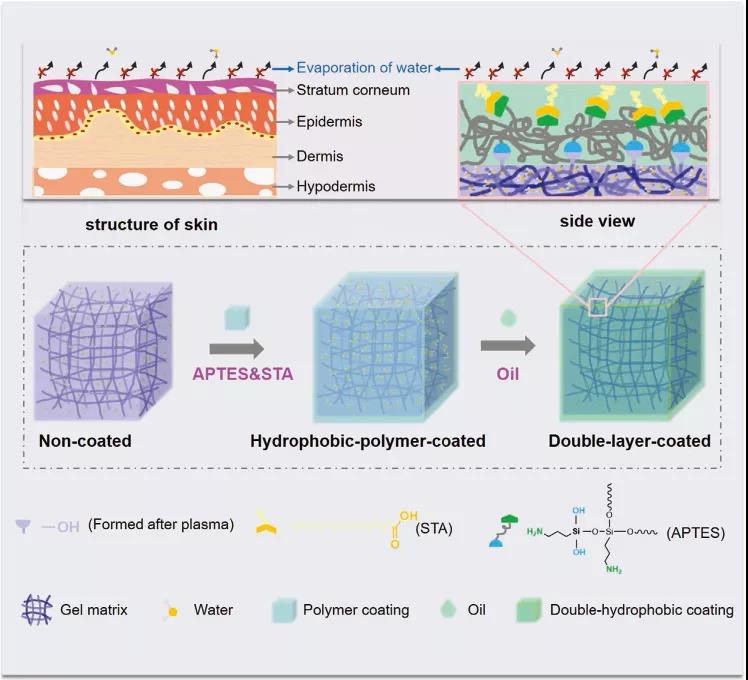
Figure 1. Schematic diagram of double hydrophobic coating encapsulated hydrogel inspired by skin structure: bonding a layer of oil and a layer of APTES&STA polymer coating to the surface of the hydrogel can effectively prevent water from evaporating from the hydrogel
[Moisturizing ability, mechanical properties and versatility of double hydrophobic coating encapsulated hydrogel]
For the uncoated PAAm hydrogel, almost all the water (about 80% of the mass) is lost in 1 day in the air. The weight retention rate of the coated hydrogel is higher than 70wt% after air-dried at 25°C and 30 RH% for 5 days. Among them, the thickness of the hydrophobic polymer coating is an important parameter for adjusting the moisture retention ability of the hydrogel. The author systematically studied the relationship between processing time, coating thickness and moisture retention capacity. In addition, the coated hydrogel has mechanical properties similar to the untreated hydrogel, including tensile properties and recovery properties under cyclic compressive load (50% strain). The experimental results show that the hydrophobic coating is tightly bonded to the surface of the hydrogel, and the hydrogel treated with the coating can withstand a certain amount of deformation, which is expected to play a role in practical applications. Finally, the author applied this strategy to different shapes of polyacrylamide (PAAm), polyvinyl alcohol (PVA), and bacterial cellulose (BC) hydrogels, and confirmed that the strategy has good versatility. This technology provides a new method for the surface multi-functionalization of hydrogels and broadens the scope of application of hydrogels.
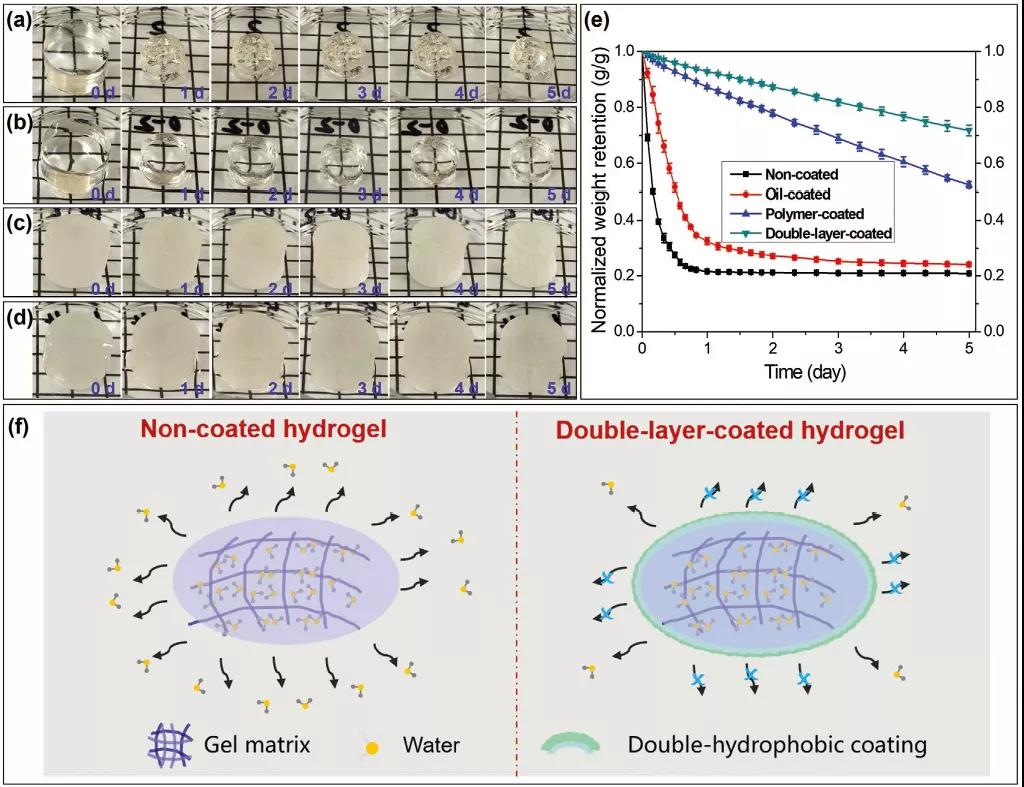
Figure 2. Comparison of air loss of PAAm hydrogel under different surface treatment conditions
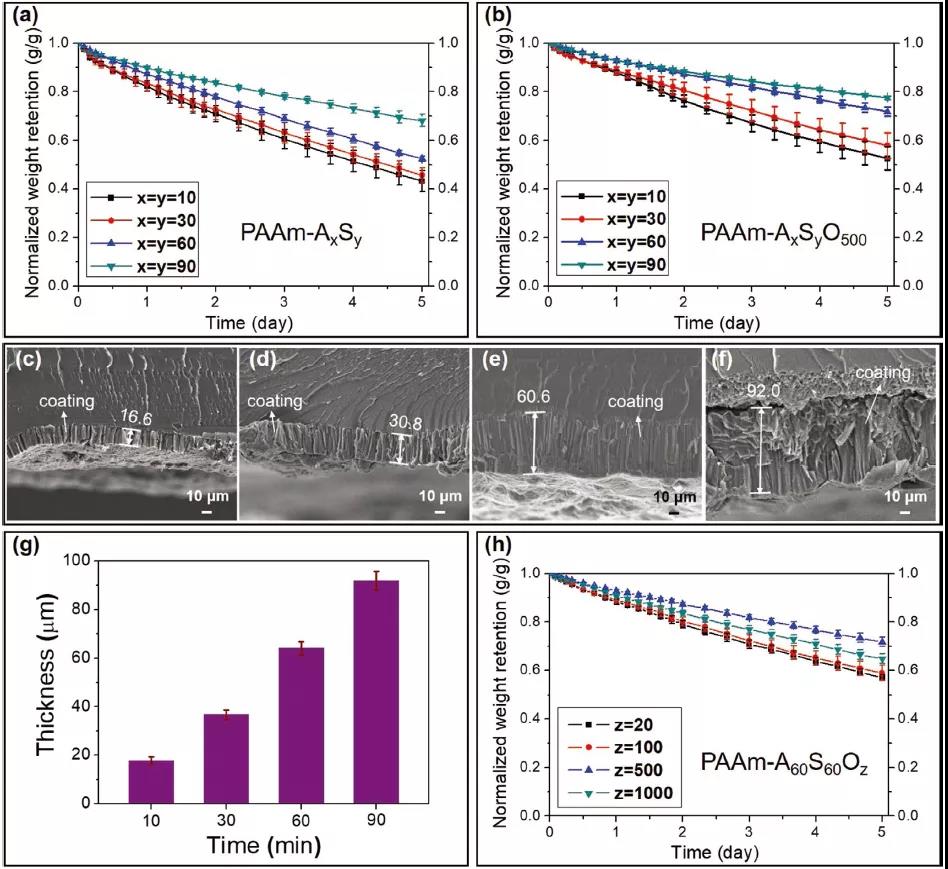
Figure 3. In the case of different modification treatment time and material types, the water loss resistance of hydrogel and the influence of modification treatment time on coating thickness

Figure 4. Comparison of the mechanical properties of the hydrogel after the coating treatment with the untreated hydrogel (tensile curve and 10-cycle compression curve)
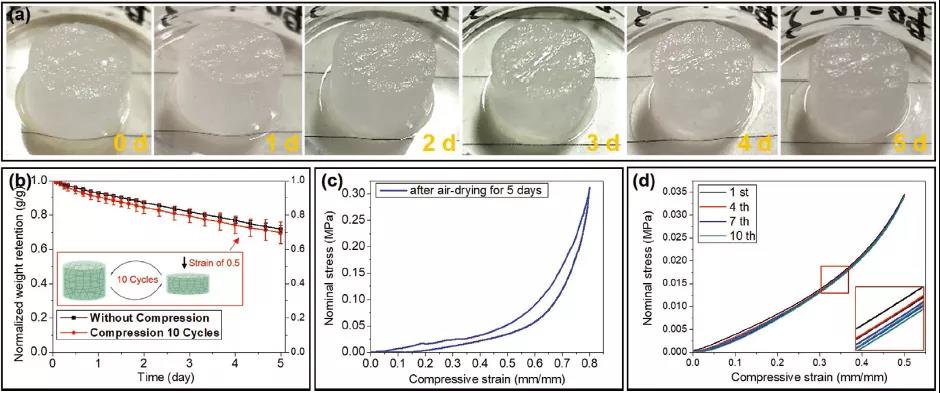
Figure 5. Water loss rate and changes in mechanical properties of hydrogel after coating treatment within 5 days
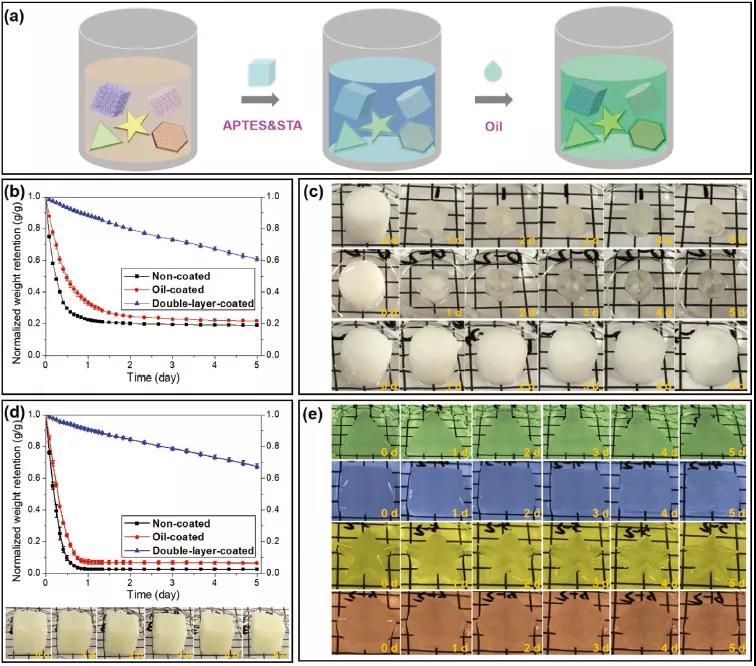
Figure 6. The versatility of the dual hydrophobic coating encapsulation strategy
Full text link:
https://onlinelibrary.wiley.com/doi/10.1002/adfm.202102433










